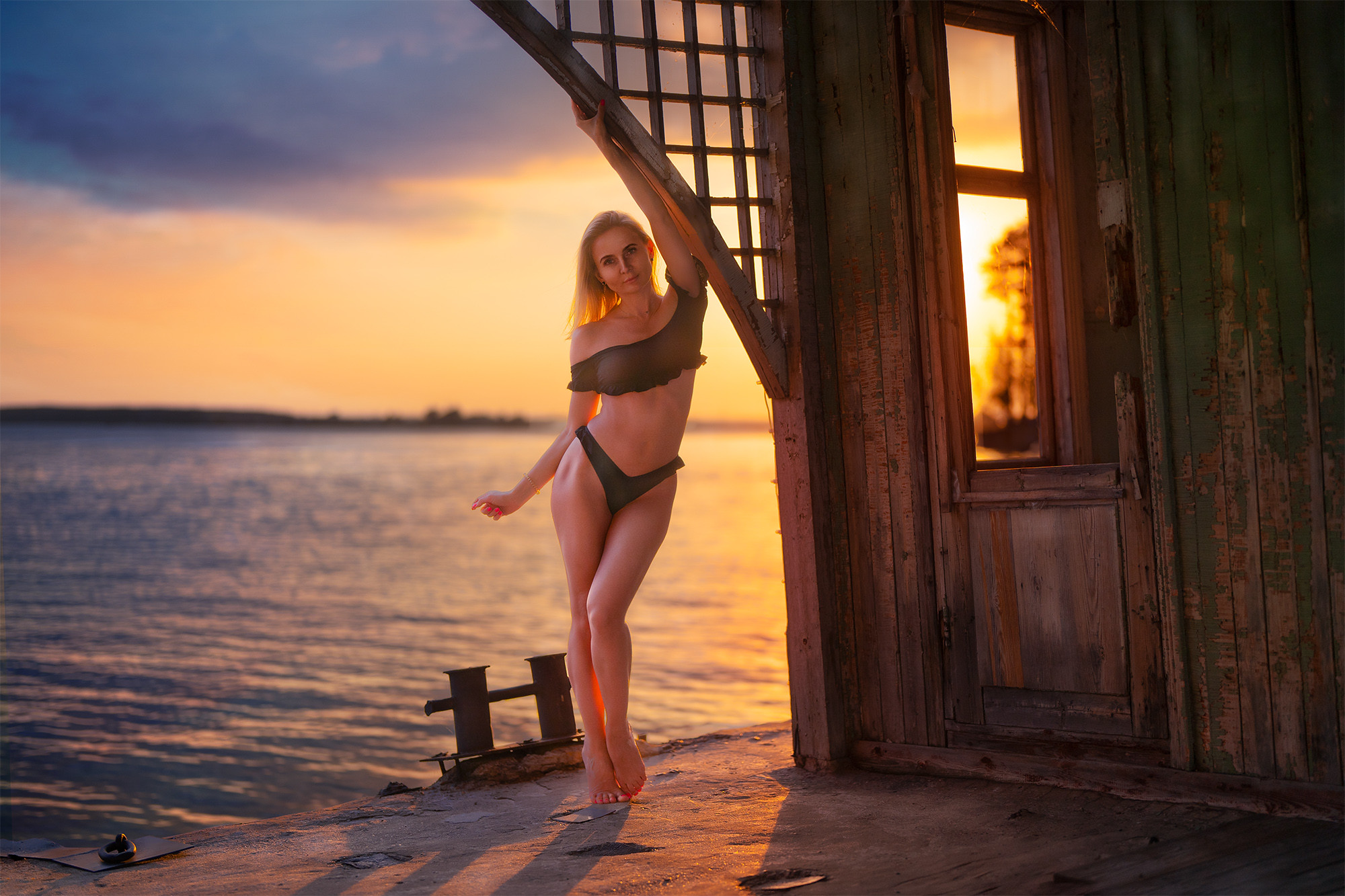I don't understand why the analog to digital converter would care what color filter was in front of the pixel it is quantizing.hi, thanks for your test. I remember a test I saw with a hasselblad a few years ago. the capabilty to discern red tones & hues seemed significantly enhanced. in 16bit
100S test:this just came to my mind, when I saw the closeup of the red book fabric that looks different in 14 & 16bit in your test.
maybe it would be more telling to try an object with a csubtle olour gradient that spans a wide range, and to a split image comparison.
it could also be, that the 33x44 sensor is still not there, where the larger hasselblad sensors were previously.
I 'm still trying to find this test (unforuntately I can't remember where I saw it)
GFX 100S shadow performance with 14 and 16 bit precision - the last word
This is the second in a series of posts about the Fujifilm GFX 100S. If you look on the right side of this page, scroll down to the Categories section, and select GFX 100S from the dropdown list, you can see all the reviews. When I tested the GFX 100, I found the 16-bit mode
 blog.kasson.com
blog.kasson.com
Last edited:




